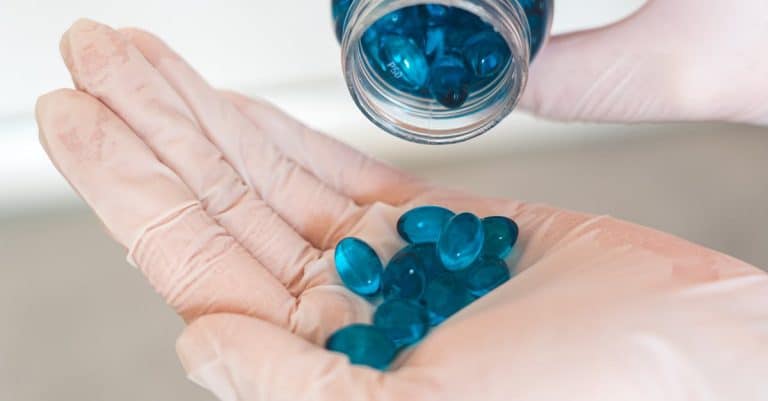Have you ever tried to open a bottle of supplements, pills such as Tylenol, or toothpaste, and encountered an annoying little seal covering the opening? Even though they are difficult to open, these seals perform an important task. They help the consumer know that no one else has messed with a product before you have bought it. This safety measure was not always in place, with it only being around for the last few decades due to a series of poisonings involving bottles of Tylenol.
A Series of Tylenol-Related Deaths Incite Fear
It was a random day in September of 1982. As temperatures got colder and people tended to spend more time indoors, Illinois’s illness rate began to increase. It was perfectly ordinary that a twelve-year-old Mary Kellerman came down with what was likely a common virus. Due to her symptoms, Mary’s parents gave her a Tylenol to help ease her discomfort. Unfortunately, it cured her of all pain permanently. Within hours, the young girl died from a lethal dose of potassium cyanide, a toxic substance that was not supposed to have been in the medication.
Turns out, she was not the only person who was tragically killed by a lethal dose of cyanide. At least six other people succumbed to Tylenol-related poisonings in the coming days. These sudden losses sent the general public into a panic, with people fearing that they could be next. The manufacturer of the afflicted drug, Johnson and Johnson, quickly issued a recall on over thirty million bottles and was able to intercept a few more contaminated ones as a result, therefore saving lives. Despite this, the question arose whether the company was at fault for distributing tainted products or if it was the intention of an unknown assailant.
Tampering Evidence

Efforts led by the company and police discovered that the medication was tainted after leaving the factory. They hypothesized that someone had laced the drugs from stores and put them back on the shelves to be bought by their soon-to-be victims. Soon after, a mysterious letter appeared at Johnson and Johnson demanding one million dollars in exchange for the writer ceasing their merciless poisonings.
Law enforcement raced to track down the writer in the chance they were who they claimed to be. Following a period of failure, police finally discovered who it was: James Lewis. Even though he was found guilty of extortion, they were unable to prove that he committed the murders. To this day, Lewis remains the only suspect of the Tylenol Poisonings. The most recent update to the case was when “new leads” (ABC News) led to Lewis’ house being combed for evidence. The most unusual part of all of this is how Lewis provided a very detailed “hypothetical” instruction on how one would inject the Tylenol with Cyanide at one point after his incarceration.
What After-Effects These Murders Had
Immediately following these crimes, the purchase of Tylenol was at an all-time low. Because of this, coupled with the poisonings, J&J worked diligently to create packaging that would indicate if it had been tampered with. Other pharmaceutical companies began following suit, as well as creating medications that were more difficult to tamper with. In conclusion, while foil seals may seem like a pain in the moment, they are the result of the tragic murders of 7 individuals and are present to help prevent any more needless suffering of innocent people.








